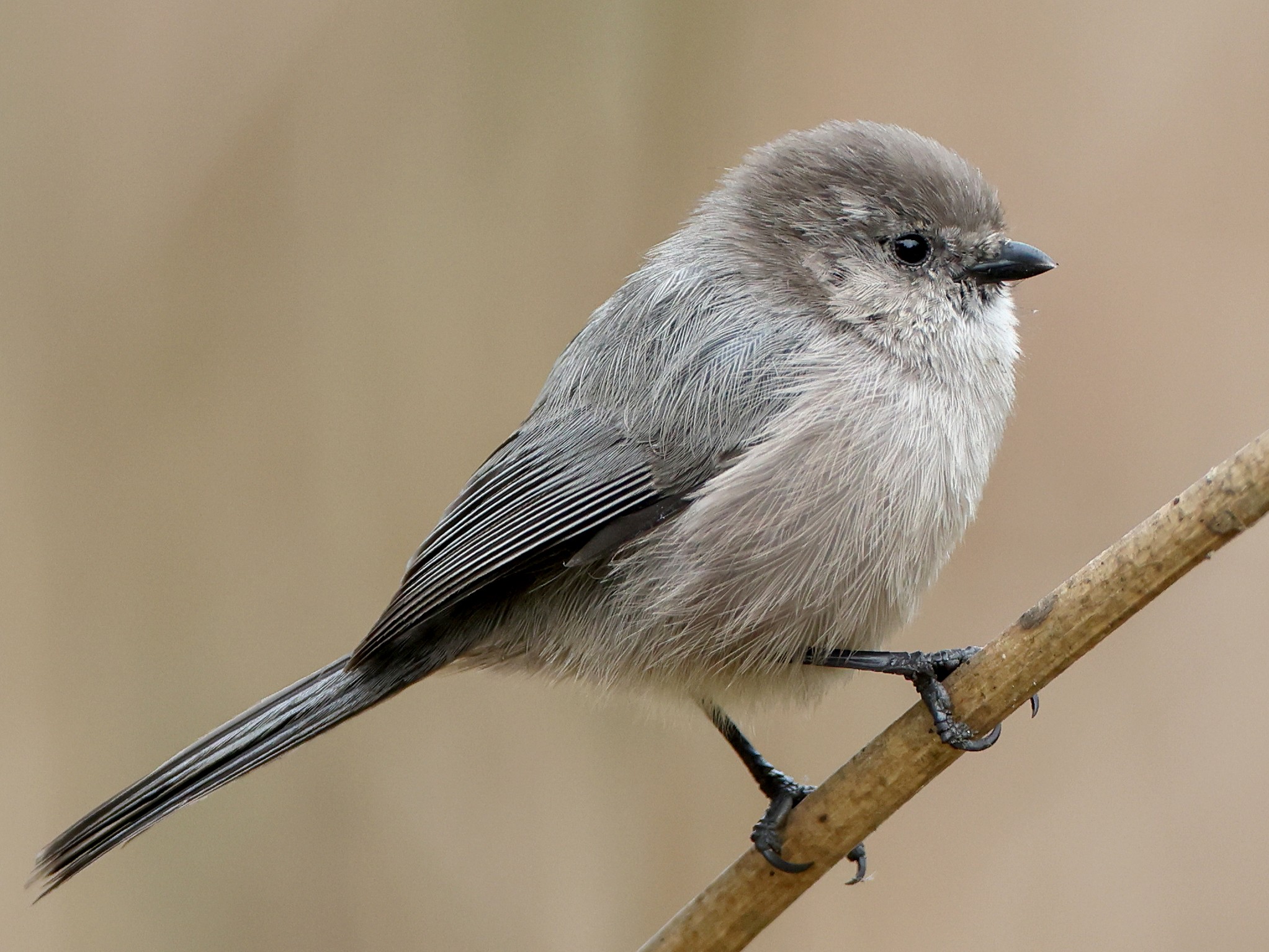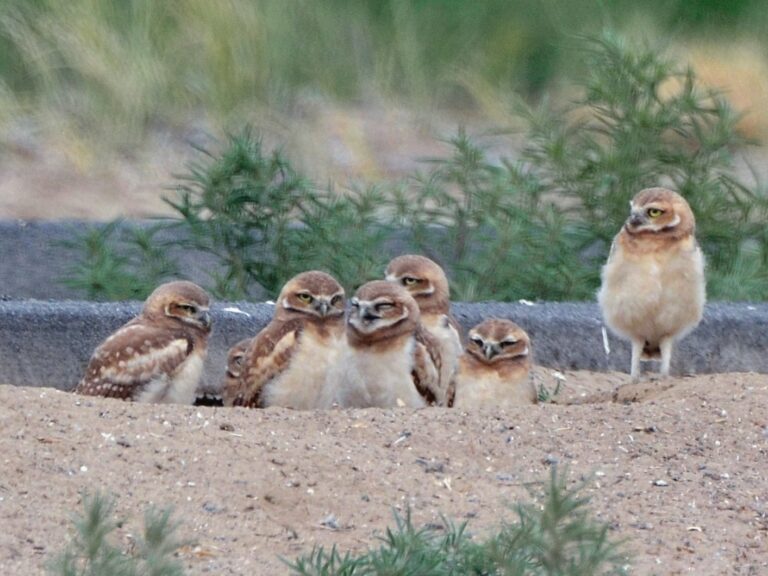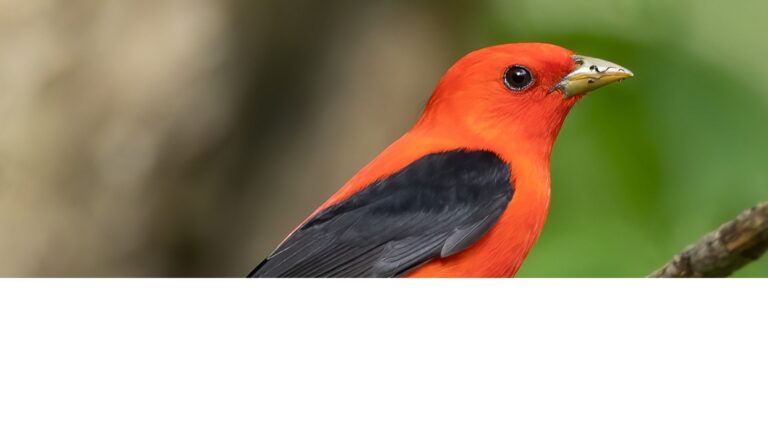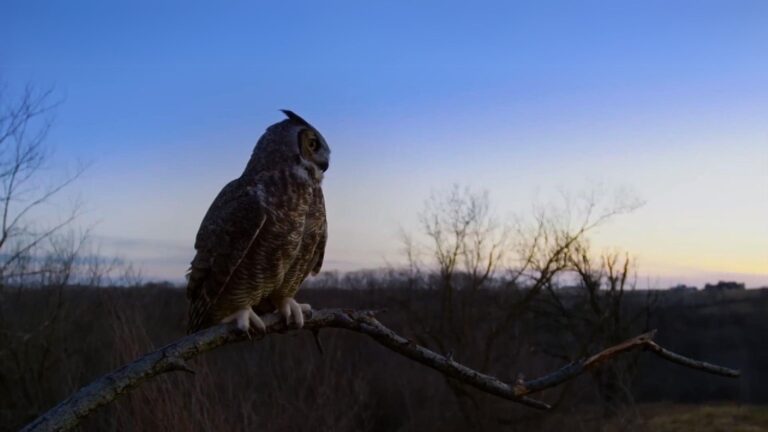Bushtits flash mob the birdbath
Understanding Bushtit Behavior
Bushtits are often seen in gardens and parks, where they readily visit birdbaths. During one memorable afternoon, a flock of bushtits descended upon a birdbath, creating a lively spectacle. Their synchronized movements and occasional splashes as they bathed made for a delightful scene. Observing their social interactions during these moments provides a unique insight into their behavior, as they often take turns bathing and preening.
The Social Dynamics of Bushtits
Overall, the bushtit embodies the spirit of community and adaptability in the natural world. Their gregarious behavior and intricate social interactions provide a window into the complexities of avian life. Whether they are splashing in a birdbath or foraging among the branches, bushtits remind us of the beauty of nature and the importance of preserving their habitats for future generations to enjoy.
In urban environments, bushtits have adapted well to human presence. They are often found visiting backyard feeders and baths, becoming a favorite among bird enthusiasts. Providing a variety of food sources and clean water can attract these songbirds, allowing for close observation of their charming antics and social behavior. Many birders report that bushtits’ playful nature brings joy to their outdoor spaces, making them a beloved species.
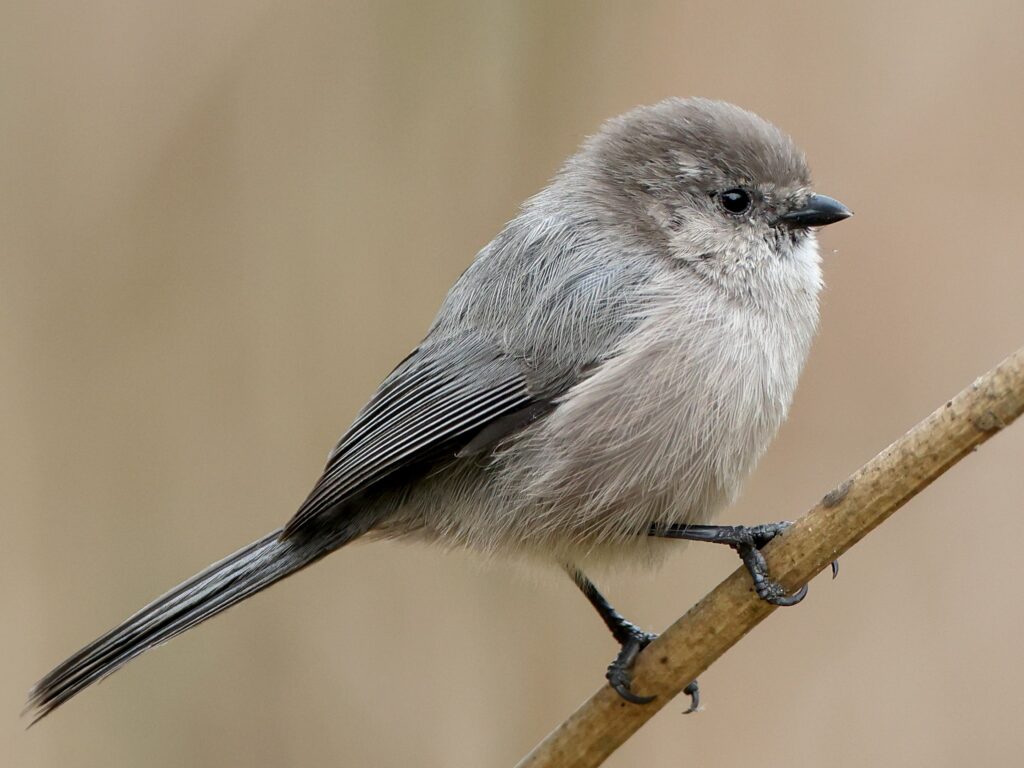
As a result of their social nature, bushtits will often form mixed-species flocks during the winter months. These flocks may include other small birds, such as chickadees and nuthatches, allowing them to benefit from different foraging strategies and increased vigilance against predators. Birdwatchers are often treated to an enchanting display as these birds interact within their mixed groups, highlighting the beauty of avian diversity.
The bushtit’s nesting habits are a remarkable aspect of their behavior. They typically build their nests in shrubbery or trees, using materials like moss, feathers, and spider silk to create a secure and comfortable environment for their young. The female usually lays between four to ten eggs, which she incubates for about two weeks. The male bushtit plays an important role in feeding the female during this time, showcasing the cooperative nature of their breeding behavior.
When it comes to their diet, bushtits primarily feed on insects and fruits. Their foraging behavior is quite dynamic, as they often hang upside down from branches to extract insects. This unique feeding technique allows them to access food sources that might be out of reach for other birds. In addition to insects, they also enjoy berries and seeds, particularly during the fall and winter months when insects are less abundant.
Bushtits also exhibit fascinating migratory patterns. While many remain resident throughout the year in suitable habitats, some populations may migrate short distances in search of food. Observing their seasonal movements can offer birdwatchers exciting opportunities to spot these birds as they transition between territories. The arrival of bushtits in the spring often marks the onset of warmer temperatures and a vibrant birding season.
These little birds are not just fascinating for their physical attributes but also for their remarkable intelligence. In studies conducted by ornithologists, bushtits have shown the ability to learn from one another, adapting their foraging techniques based on the actions of their peers. For example, if one bushtit finds a hidden food source, it may call out to others, guiding them to the same spot. This behavior underscores their social structure and highlights the importance of learning in their survival.
The bushtit is a small, social songbird native to western North America. It is recognized by its long tail and active behavior, often seen flitting between shrubs. Bushtits are known for their complex nesting habits, constructing intricate hanging nests from plant fibers. They are gregarious birds, frequently traveling in flocks and engaging in communal foraging. Their high-pitched calls are characteristic of their lively social interactions, adding to their charm in desert and scrubland habitats.
